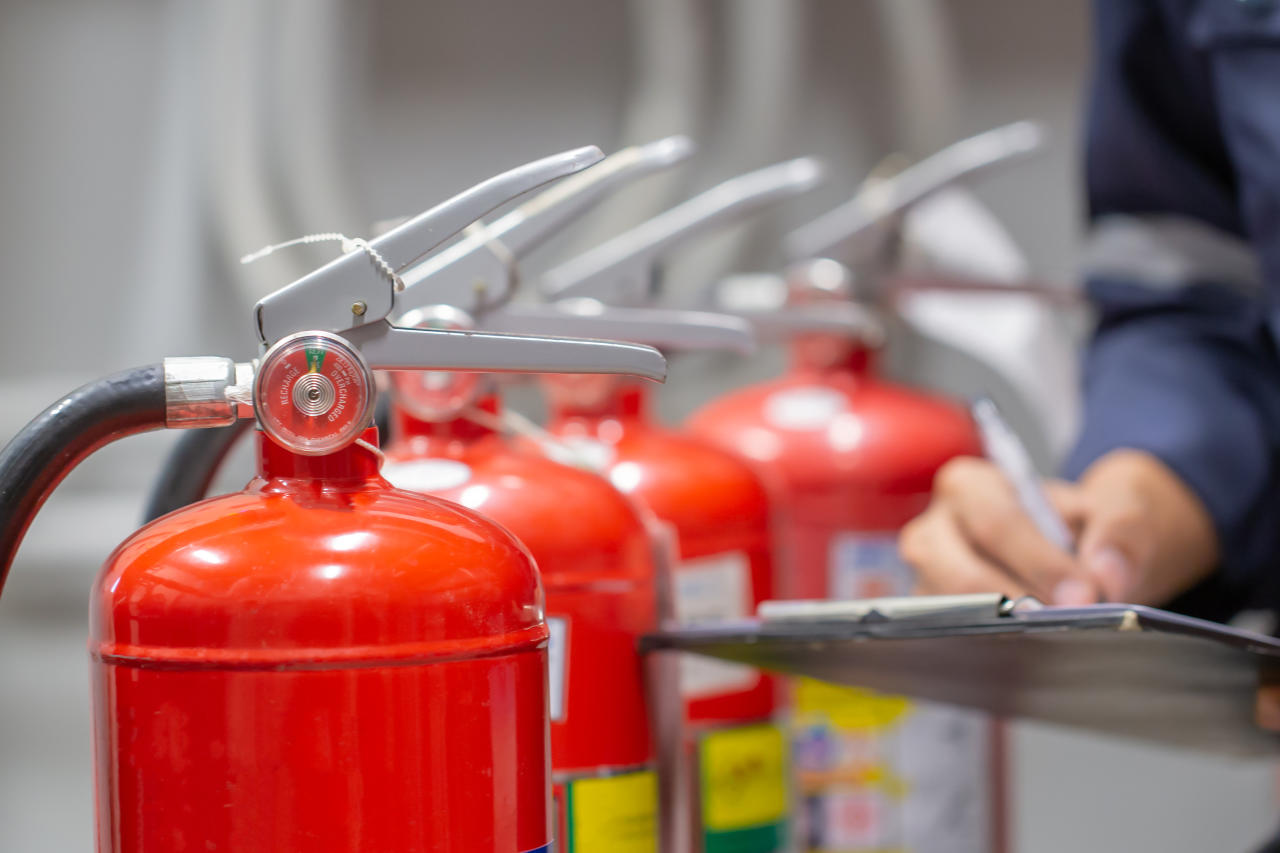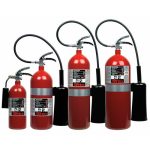I. Introduction
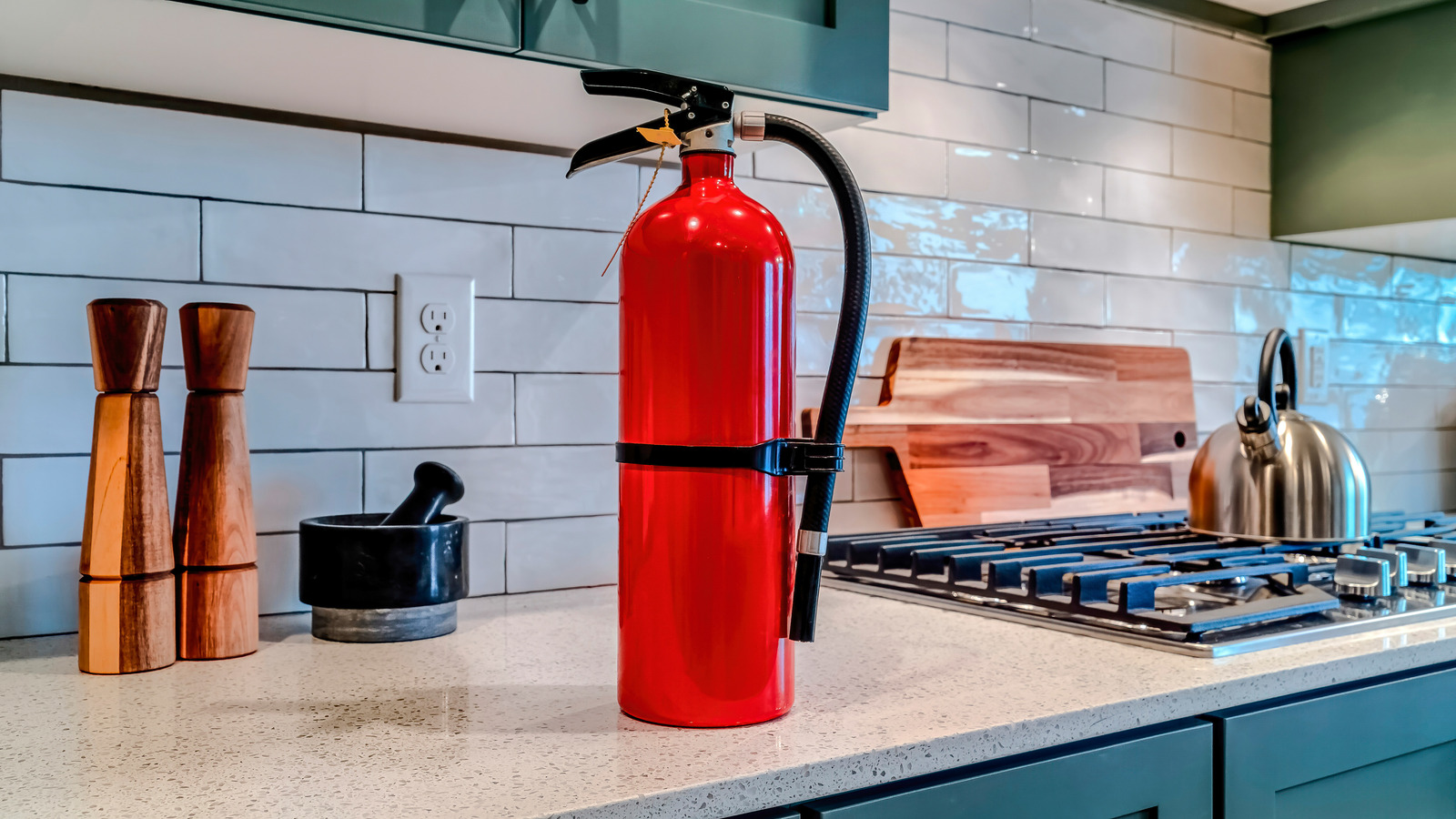
In this modern age, electricity is an essential part of our everyday lives. Almost every aspect of our daily activities requires the use of electrical appliances and devices. However, when mishandled or improperly maintained, electrical equipment can become a fire hazard. Electrical fires are a common occurrence and can be extremely dangerous if not addressed promptly and correctly. That’s why it is crucial to know how to effectively combat electrical fires using the appropriate type of fire extinguisher. This article will provide an in-depth understanding of electrical fires and the importance of selecting the right fire extinguisher for such situations.
II. Understanding Electrical Fires
A. Causes and characteristics of electrical fires
Electrical fires can be ignited by various factors, including faulty wiring, overloaded circuits, electrical equipment failures, and even natural disasters like lightning strikes. These fires possess unique characteristics that differentiate them from other types of fires. One of the key attributes of an electrical fire is the presence of invisible heat sources. Unlike fires caused by combustible materials, electrical fires generate heat within the wires, making it difficult to identify the source without specialized equipment. Additionally, electrical fires can quickly reignite even after seemingly being extinguished, posing a significant risk.
B. Risks and considerations
Using the wrong type of fire extinguisher on electrical fires can have disastrous consequences. The primary danger lies in the conductive materials found in traditional fire extinguishing agents, such as water or foam. When these substances come into contact with live electrical equipment, they can conduct electricity and potentially cause electrocution or additional damage. Hence, it is crucial to understand the different classes of fires and the significance of using the correct extinguisher for electrical fires. The classes of fires are categorized as A, B, C, D, and K, with Class C specifically designated for electrical fires.
III. Types of Fire Extinguishers for Electrical Fires
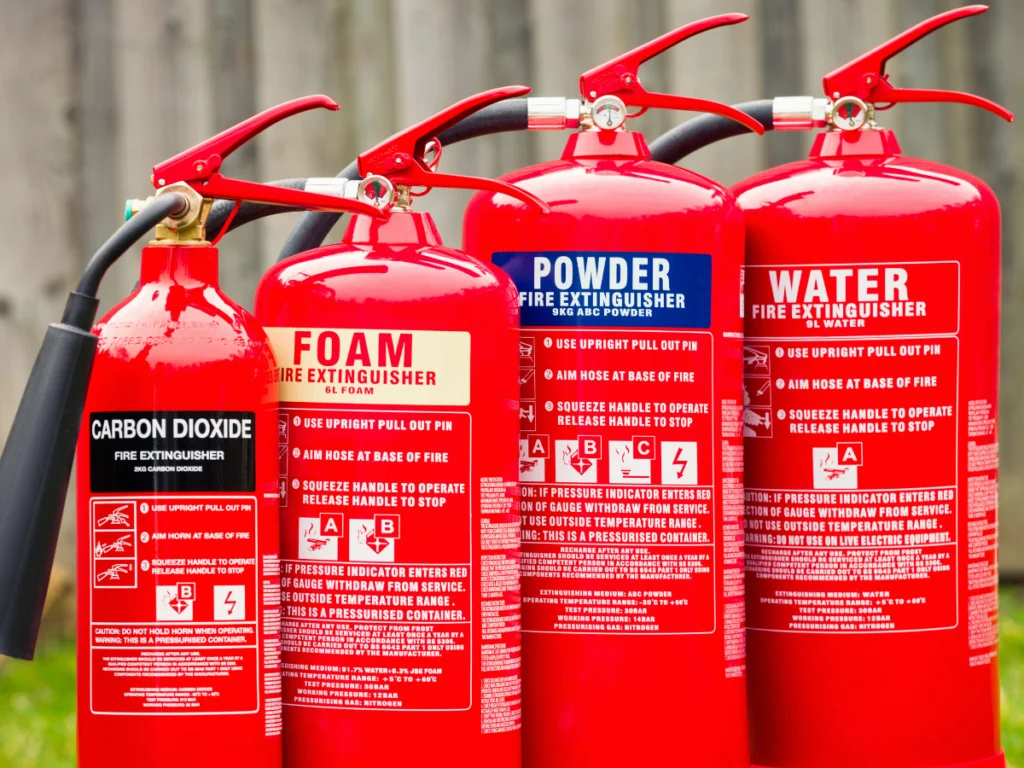
A. Class C fire extinguishers
Class C fires involve electrical equipment and wiring. These fires can be effectively controlled by using Class C fire extinguishers. Class C fire extinguishers are specially designed to handle electrical fires and contain non-conductive extinguishing agents. These agents do not conduct electricity and are chosen specifically to extinguish electrical fires safely. It is crucial to identify the appropriate extinguisher by checking the label or reading the instructions provided.
B. CO2 (Carbon Dioxide) fire extinguishers
CO2 fire extinguishers are another type commonly recommended for electrical fires. They work by displacing oxygen, suffocating the fire. Carbon Dioxide is a non-conductive gas, making it suitable for use around live electrical equipment. When CO2 is discharged from the extinguisher, it forms a cold gas that cools down the fire, making it effective in extinguishing electrical fires. However, it is important to take safety precautions when using CO2 extinguishers, such as wearing protective gloves to shield hands from freeze burns caused by the extremely cold gas.
C. Factors to consider when choosing a fire extinguisher for electrical fires
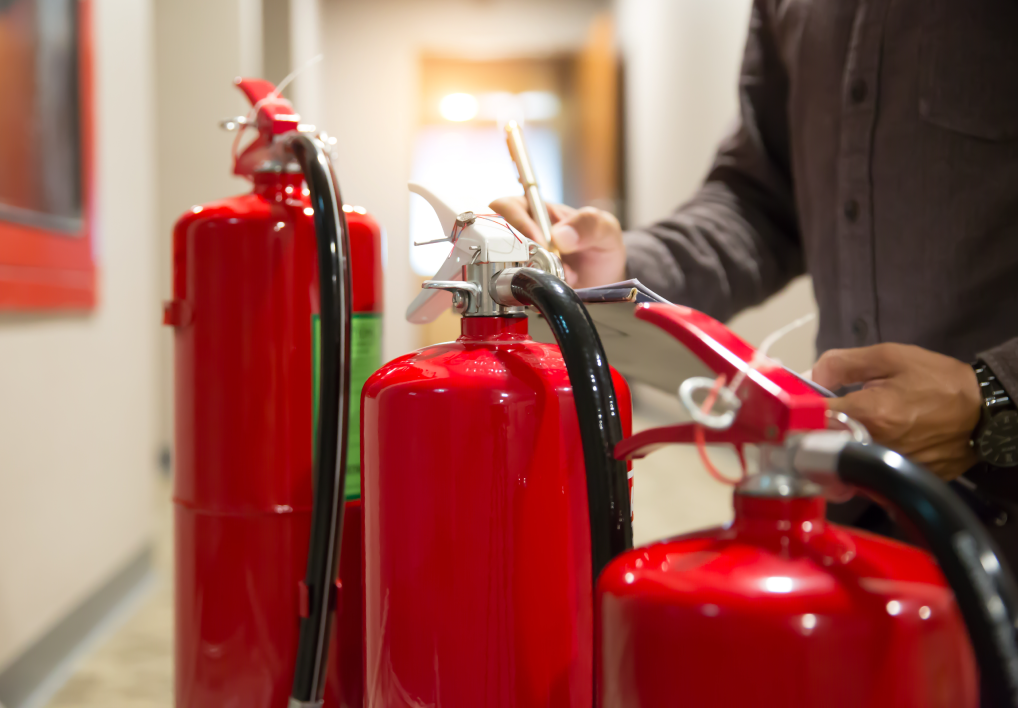
When faced with an electrical fire, several factors should be considered when selecting the appropriate fire extinguisher. Firstly, it is important to evaluate the size and extent of the fire. Different types of extinguishers have varying capacities and effectiveness depending on the size of the fire. Secondly, the distance and accessibility of the fire should be taken into account. Some extinguishers may have limited ranges, so it is crucial to choose one that can be used effectively from a safe distance. Lastly, compliance with local regulations and standards is important to ensure that the selected extinguisher adheres to safety guidelines and requirements in your specific region.
IV. Proper Use of Fire Extinguishers for Electrical Fires
A. Step-by-step guide for using a Class C or CO2 fire extinguisher on electrical fires
When faced with an electrical fire, it is crucial to follow proper procedures for using a fire extinguisher. Here is a step-by-step guide on using a Class C or CO2 fire extinguisher effectively:
- Assessing the situation and determining if it is safe to use an extinguisher
- Prioritize personal safety and ensure that you have a clear escape route.
- Evaluate the size of the fire and its potential to spread. If the fire is too large or growing rapidly, evacuate immediately and call emergency services.
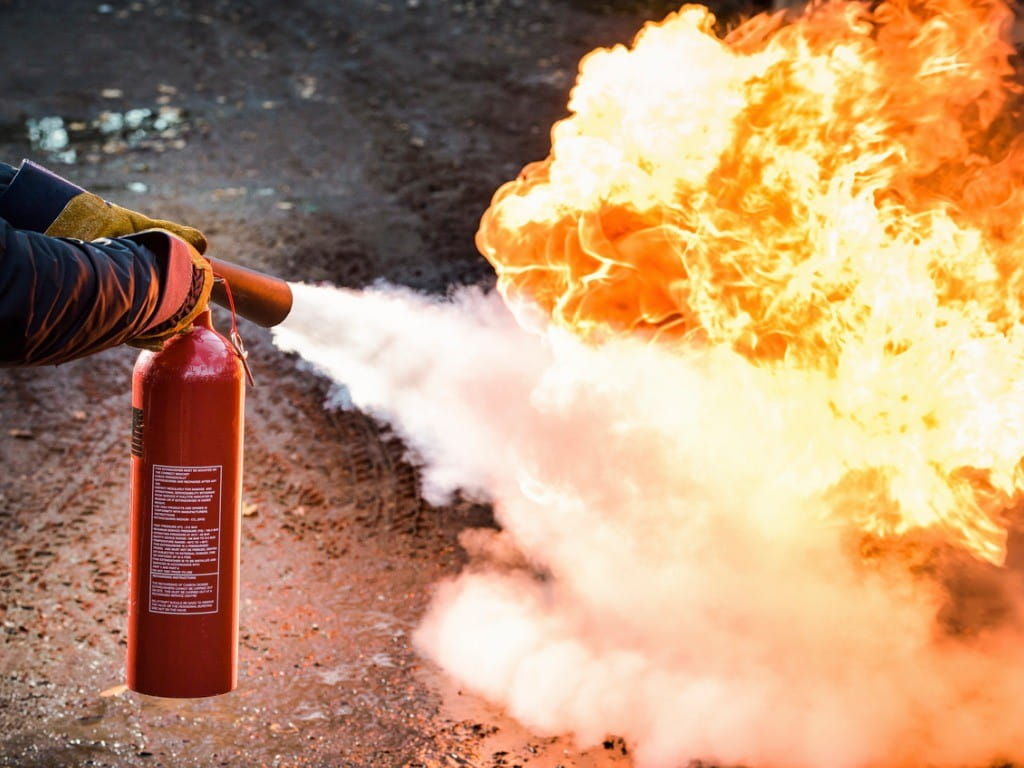
- Activating the metal safety pin and aiming the extinguisher at the base of the fire
- Locate the metal safety pin on the fire extinguisher’s handle and pull it to break the tamper seal and activate the device.
- Aim the extinguisher’s nozzle or hose at the base of the fire, focusing on the source of the electrical heat.
- Utilizing a sweeping motion while discharging the extinguishing agent
- Maintain a safe distance from the fire, typically around 6 to 8 feet.
- Squeeze the handle/trigger to discharge the extinguishing agent in short bursts or sweeps, moving from side to side.
- Direct the agent at the base of the fire while sweeping upward to smother the flames.
- Monitoring the extinguished area and taking necessary precautions
- After the flames are extinguished, remain vigilant and watch for any signs of reignition.
- Check the surroundings for heat or hotspots that may pose a fire hazard.
- Do not leave the area unattended until emergency services arrive or the situation is completely resolved.
B. Additional safety considerations
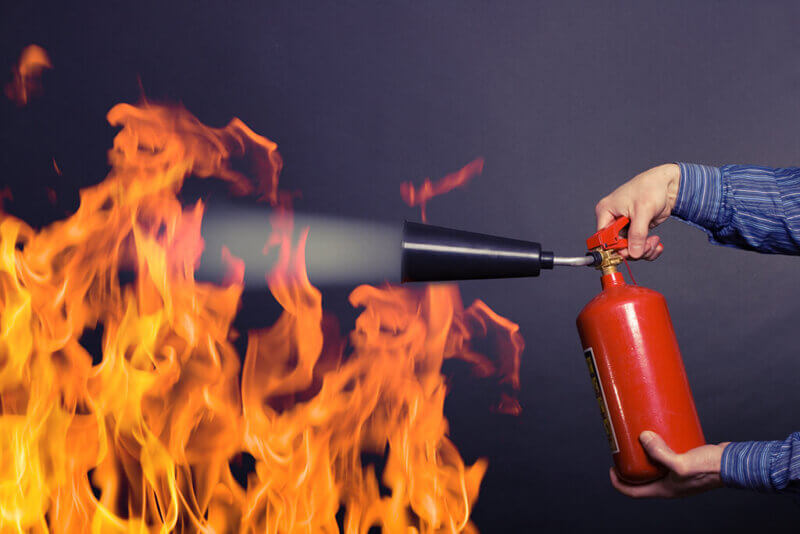
In addition to using the fire extinguisher correctly, it is essential to consider other safety measures when dealing with electrical fires:
- Evacuation procedures and the importance of calling emergency services
- If the fire becomes uncontrollable or the situation escalates, evacuate the area immediately.
- Dial the emergency services number in your region to report the fire and provide important details to the operator.
- Post-fire precautions, such as inspecting electrical equipment for damage
- Once the fire is extinguished and the scene is deemed safe, inspect electrical equipment for any signs of damage, such as melted insulation or exposed wires.
- Do not attempt to use damaged equipment and seek professional assistance to assess and repair the damage.
- Regular maintenance and inspection of fire extinguishers
- Fire extinguishers should undergo regular maintenance and inspection as per manufacturer guidelines and local regulations.
- Schedule professional inspections, perform regular visual checks, and ensure that fire extinguishers are properly charged and easily accessible.
By following these step-by-step procedures and safety considerations, individuals can effectively and safely use fire extinguishers to combat electrical fires. Prioritizing personal safety and adhering to proper procedures are paramount in ensuring the successful suppression of electrical fires and the protection of individuals and property.
V. Conclusion
Proper use of fire extinguishers is essential when dealing with electrical fires. By following the step-by-step guide for using a Class C or CO2 fire extinguisher, individuals can effectively suppress electrical fires and prevent further damage. Additionally, observing additional safety considerations, such as evacuation procedures and post-fire precautions, ensures the safety of all individuals involved. Remember to prioritize personal safety at all times, seek professional assistance when necessary, and regularly maintain and inspect fire extinguishers to ensure they are in optimal functioning condition.
